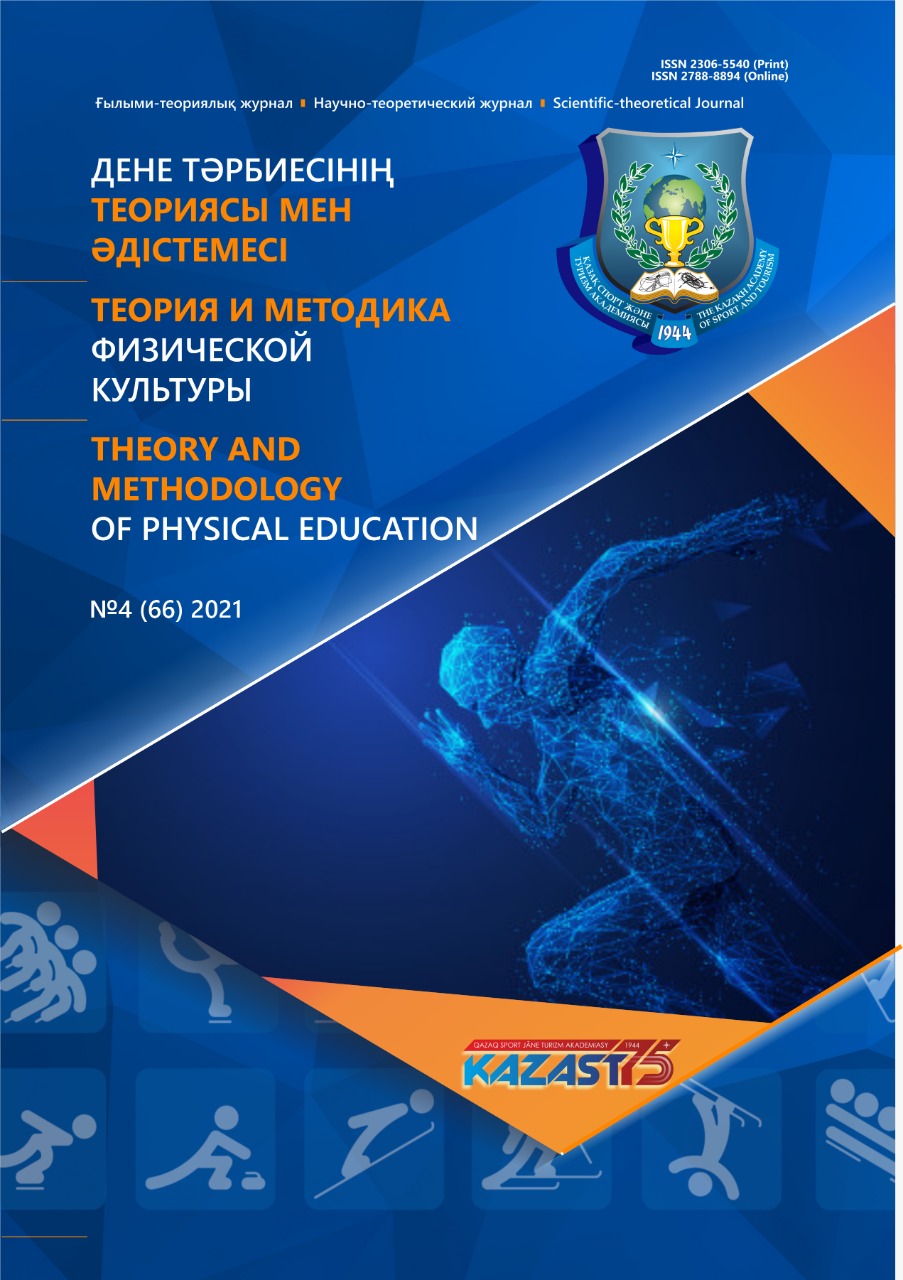Energy consumption in a hiking trip with backpacks of various weights and configurations
DOI:
https://doi.org/10.48114/2306-5540_2021_4_121Keywords:
tourist backpack, sports tourism, energy consumption, walking routeAbstract
The article is devoted to issues related to the energy consumption of young tourists aged 11-13 years, making hiking trips of the first category of difficulty with a tourist backpack (old ("Abalakovsky" backpack) and new (modern backpack "Tatonka") configurations). Also, the article considers the issue of determining the energy costs associated with walking with backpacks of various weights of modern configuration. It is proved that modern backpacks due to configuration features, such as the load-bearing system, anatomical back and hip belt, allow tourists not only to comfortably overcome the route, but also to cope with a higher load due to the redistribution of the backpack weight. At the same time, the recovery processes are faster, which characterizes a more evenly distributed load throughout the body, as a result of which the whole body adequately copes with the load, without shock load on one muscle group, which is especially noticeable for people without muscle mass (i.e. girls and children under 13).


